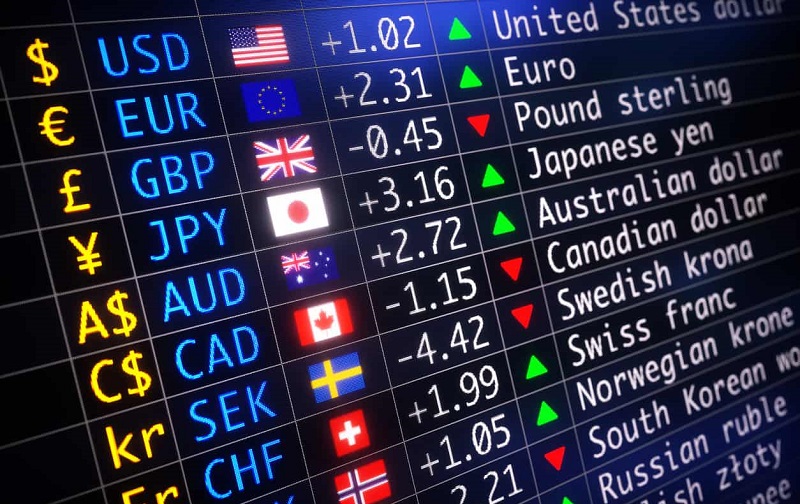In July of last year, the Turkish lira showed that something was not right with emerging currencies in the foreign exchange market.
In addition to higher tariffs on the part of the United States in terms of steel and aluminum from Turkey led to its currency to the historical low in relation to the dollar.
Foreign exchange market evolution

Only nine times in recent years, the real exchange rate has fallen as much and for a long period as the Turkish lira. The total number of cases has been linked to strong episodes of crisis in their respective countries: Mexico (1995); Indonesia (1998); Russia (1998); Brazil (1999), Argentina (2002), Uruguay (2002), Egypt (2003), Ukraine (2014), and Egypt (2016). The International Monetary Fund (IMF) went to the rescue of these economies, with financial assistance programs.
In 2018, this fall of the Turkish currency in the foreign exchange market was the beginning of a vicious circle that reached to reverberate in Argentina, Brazil, South Africa, India and Russia. Only in the month of August, the cumulative decline with respect to the dollar was more than 20%.
The Russian ruble returned to the weakness of 2016, while in Argentina, the fall of the peso was more progressive. The Brazilian real touched the lowest price in two years, while the Indian rupee has been at a minimum since May in history.
In some countries, the negative situation is related to political uncertainty. In others, it is the dependence on raw materials or China. More the monetary policy of the United States is the one that accelerates the problems of the majority, since when the Federal Reserve initiates a rise of the types of interest, the dollar improves and the emergent markets are affected.
What to expect for this year?
As we have seen, there are several factors to take into account for a forecast in the foreign exchange market.
Fundamentally, there are 5 elements that have a direct impact on exchange rates:
- Economic growth
- Monetary politics
- Political stability
- Interest rates
- Imports and exports
In the case of the dollar, the growth forecasts of the United States were revised downwards by the Fed in December. The market now is not pricing in an increase in 2019.
In fact, it is believed that the dollar could look somewhat weaker. With its fiscal reform, Trump will cause an increase in the public deficit and, therefore, a rebound in public debt. This lack of budget balance could penalize the dollar. Therefore it is expected that the estimated range for this year will be $1.20/$ 1.30.
A much slower pace of rises this year supports the idea of a recovery of emerging foreign exchange market currencies against the dollar.
However, in the war between China and the United States, raw material producers may be hit by the new tariff round. In fact, the new foreign policy of the United States, which uses economic sanctions as a weapon (as happened with Turkey, Russia, Iran and China), leaves the emerging countries vulnerable.

